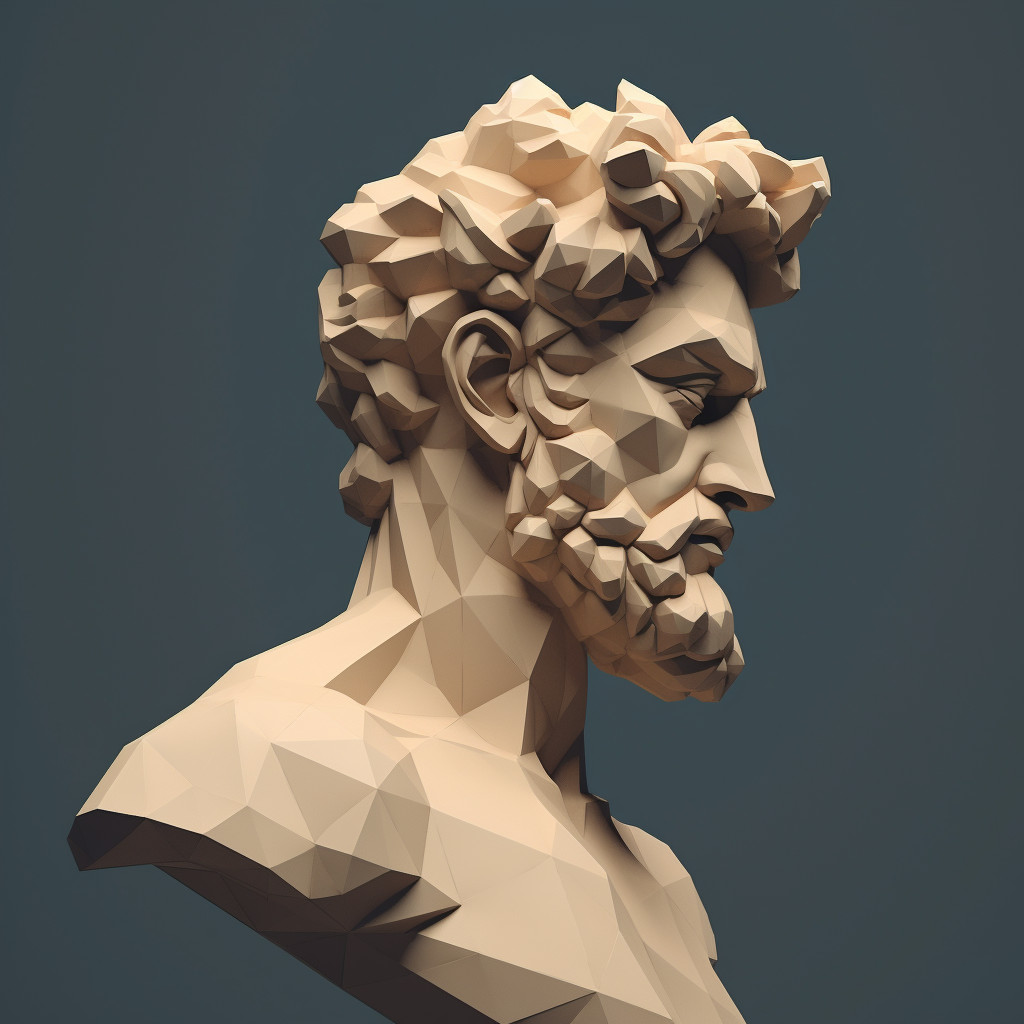This quote emphasizes the sense of purpose and fulfillment that comes from engaging in one’s passion. In Michelangelo’s case, his chisel symbolizes his love for sculpture and art. When he has his chisel in hand, he is in his element, doing what he loves most, and thus, he feels content and at peace. The quote suggests that he doesn’t just enjoy sculpting; it is a vital part of his wellbeing and identity.
The chisel is a metaphor for the tools, skills, or activities that bring us joy and give our lives meaning. Each person’s “chisel” could be different – it could be a paintbrush for an artist, a pen for a writer, a camera for a photographer, or even a computer for a programmer. The quote underscores the idea that we are at our best and feel most alive when we are immersed in the activity we love.
In today’s world, this quote can be seen as a call to pursue our passions. In the context of personal development, it encourages us to identify our “chisel” – the thing that makes us feel fulfilled and content. It can serve as a reminder that our careers and lives should ideally be built around what we love doing.
Moreover, the quote also highlights the importance of active engagement in our passion. Michelangelo doesn’t just say he needs to be around his chisel; he needs to have it in his hand, suggesting the act of using it, of creating. This can be interpreted as a message advocating not just for passive interest in our passions, but for active, regular practice and creation.
Finally, this quote can serve as a reminder of the importance of work-life balance. If we interpret the “chisel” as any work tool, it’s a reminder that we should strive to find joy in our work, but also that work isn’t everything. It’s “well” with us when we have our chisel in hand, but it’s also important to put the chisel down sometimes and find peace and fulfillment in other areas of life.






